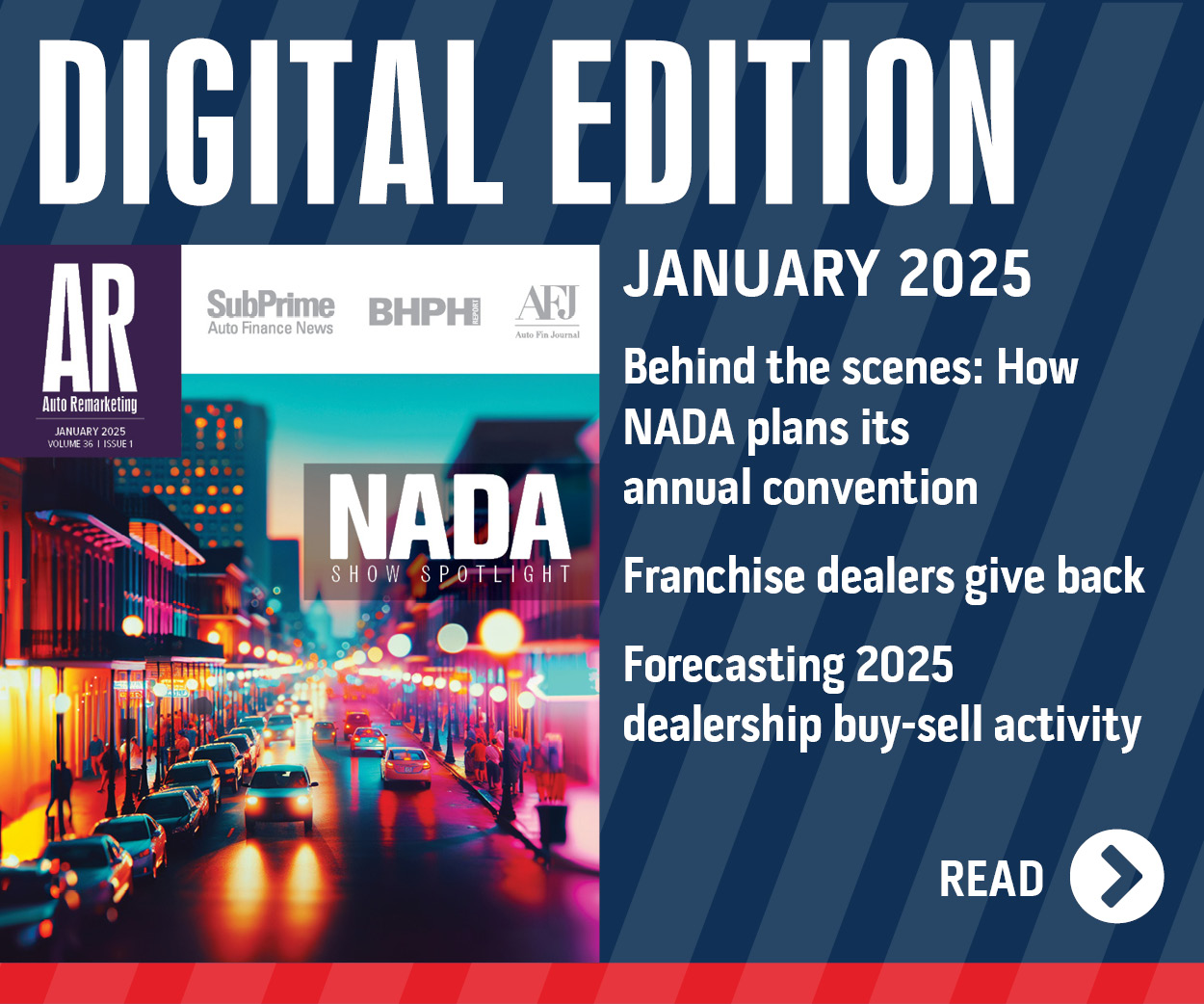COMMENTARY: In today’s bizarro automotive world, dealers advertising to acquire cars

For decades, auto dealers have been constantly reinventing their advertising strategies to one-up their local competitors and entice car shoppers into their showroom.
These ads have traditionally had a distinct, up-beat tone broadcast over radio and television channels, along with full-page ads in the Saturday newspaper promoting exciting deals on new and used cars and trucks.
Automotive advertising has evolved toward digital channels in recent history, trending toward social media, paid search, and online video advertising. Consumers have been targeted on every screen – from their phone, to their laptop, to their television – with the latest sales event, financing and lease specials, all geared toward increasing vehicle sales.
However, the COVID-19 pandemic of 2020 and ensuing inventory challenges entering 2021 have turned dealer advertising on its head. Today, auto dealers around the country are now leveraging advertising to attract cars and trucks, in addition to the shoppers themselves.
Supply shortages wreak havoc on new inventory
A shortage of semiconductor chips that are used for the technology components in most of today’s new cars and trucks, as well as supply shortages of other raw materials, has become a significant challenge for manufacturers who build cars and trucks to maintain auto dealer supply.
Meanwhile, recent tax refunds and stimulus checks have increased consumer demand beyond normal levels. While this imbalance of supply versus demand has helped dealers and manufacturers increase their profit per vehicle sold, it has created a growing challenge for obtaining vehicle inventory.
Some of today’s leading automotive brands have been reporting near-record operating profits so far in 2021, but these may be short-lived because of the shortage of materials and other supply chain challenges that go into the buildout of today’s popular vehicles.
This means car shoppers in the coming months are likely to find slimmer options and fewer deals, from new and used dealerships to the rental-car lot.
With fewer new cars and trucks arriving on the lots for sale, dealers instead have been increasingly relying on used vehicle inventory to entice customers shopping for vehicle replacements. While dealers have historically relied on wholesale auctions to acquire used inventory, the increased demand for used has caused wholesale prices to rise significantly, meaning even if dealers are lucky enough to outbid their competitors, the price they’re paying to acquire inventory is all but eliminating their profit potential on each subsequent sale.
Advertising used to acquire inventory
As a result, dealers today are relying on advertising to get more cars and trucks on their lots.
Today’s more progressive dealers are activating creative, new ways of sourcing used cars, directly from consumers who own and live in their vicinity. By first leveraging market days’ supply, market days on lot, and scarcity insights, dealers can determine which vehicles are the most likely to sell quickly and at a premium in their market.
Then, dealers activate Facebook lead ads featuring “We’ll Buy Your Car” or “$1,500 Over Kelley Blue Book Value for Your Trade” messaging. Consumers are likely to respond to these ads and offer used-car inventory to dealers at a more affordable price point than at an auction.
Additional used inventory found in service lane
As used inventory has become harder to come by, savvy dealers are relying more on their existing customer base to find inventory — and sell a new vehicle or two.
Service visits offer a great opportunity to get to know these customers, and plenty of sales resources and technology today can identify likely customers who have attractive vehicles prime for trade-in when they bring in for a service visit.
Keyword search advertising on Google, Bing or other search engines may not be considered “cutting-edge” today, but it’s still a tactic many dealers fail to think of first in their fixed operations advertising strategy. By missing out, dealers could be losing low-hanging fruit to third-party vehicle maintenance providers, especially during seasonal occurrences such as AC work in the summer, or tires and breaks in the winter.
Furthermore, digital advertising technology today allows for retargeting and ads placed ahead of video content on popular sites such as YouTube. When a car shopper enters a keyword into Google search about where to take his or her car in for service, a targeted ad from a dealer now plays before a YouTube video enticing the customer to come in for service. These customers represent a prime captive audience for potential sales and trade-ins once they’re in the waiting room.
Additional goals, incentives and spiffs can boost team morale so that everyone involved in the process is rewarded when a service customer is turned into a new vehicle for used inventory, and a new sale.
With these tips and techniques, dealers gain more control over acquiring the right used inventory at the right price without relying on the manufacturer for inventory, nor the auction sites that have made vehicle profit potential more difficult during the pandemic.
Regardless, even when supply and demand return to more normal cycles, the use of digital advertising technologies can put more power into the hands of each dealer and raise profit potential at the end of each month and year.
Lauren Donalson is senior director of national accounts for PureCars, a leading automotive dealer advertising and attribution technology provider. For more information, please visit www.purecars.com.

 View The Latest Edition
View The Latest Edition

